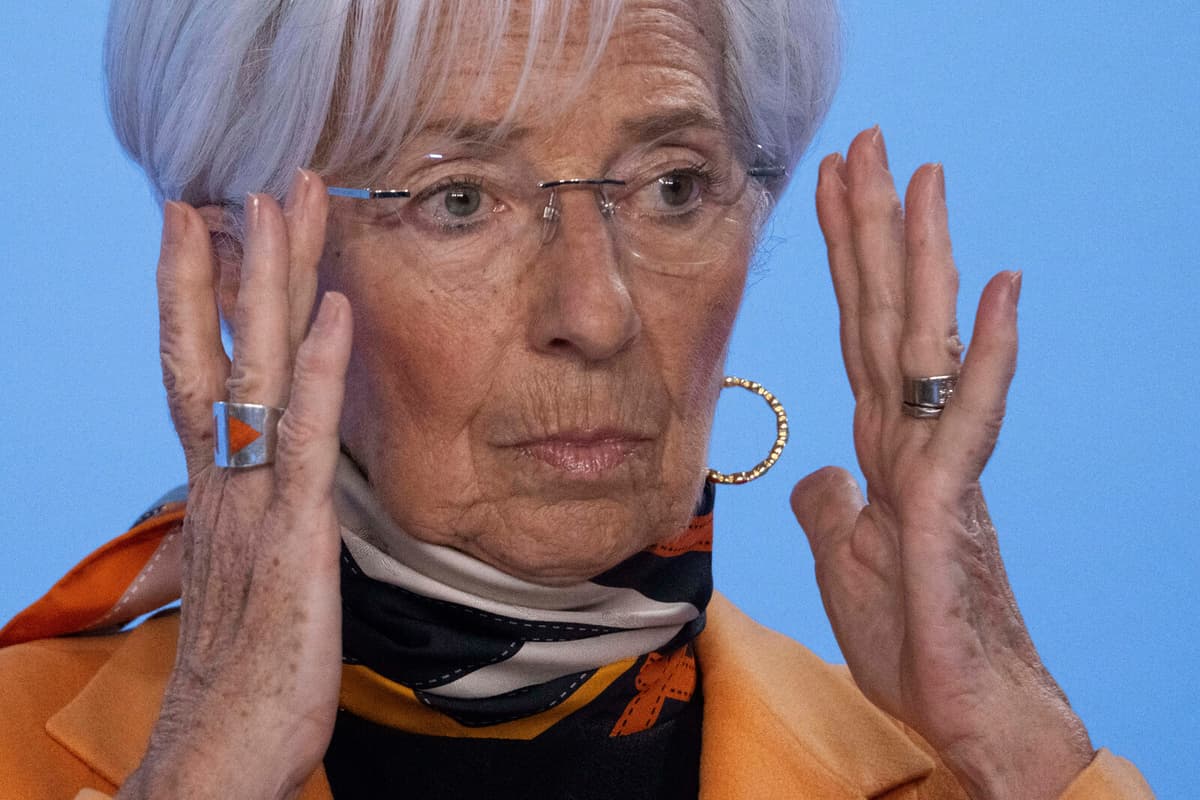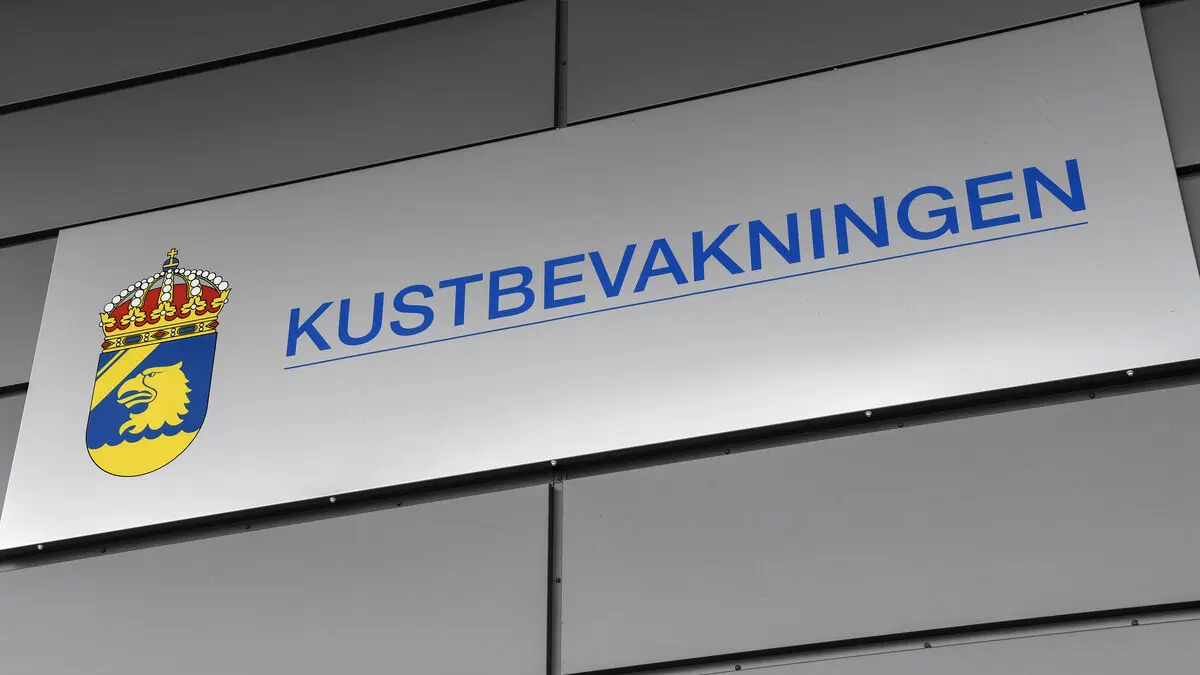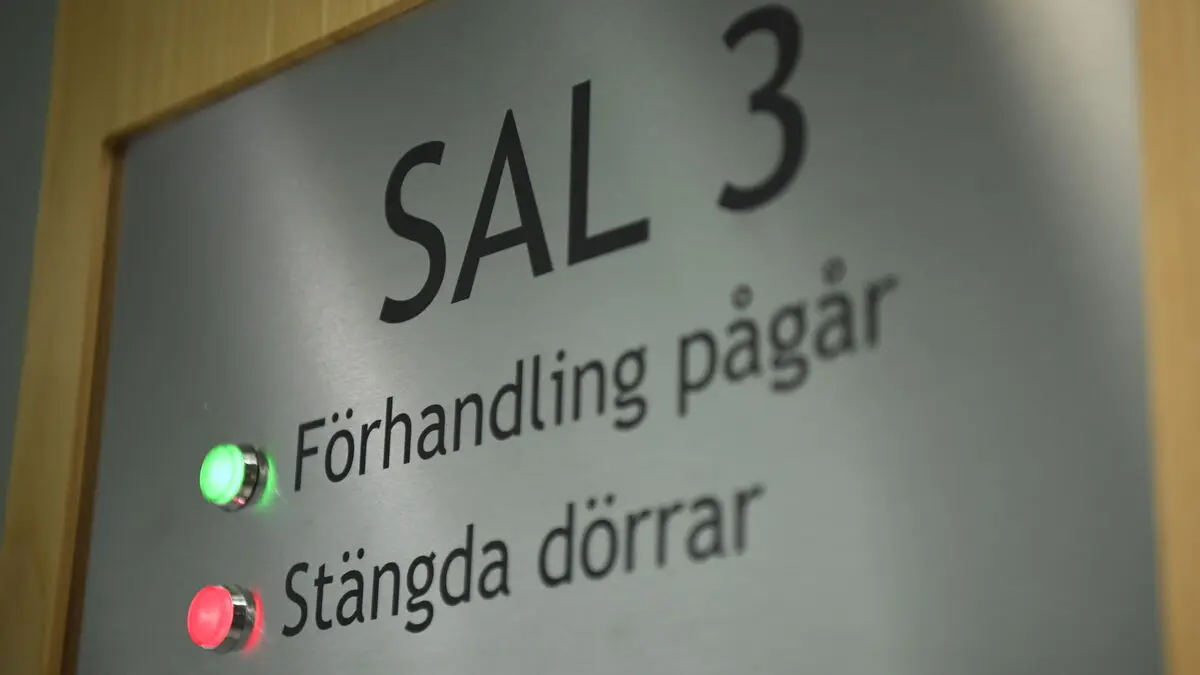The average forecast among analysts was 2.0 percent, according to the news agency Bloomberg. It is now the first time in eight months that inflation is lower than the European Central Bank's (ECB) inflation target of 2.0 percent and only the second month since mid-2021. The figure can also be compared to 2.2 percent in April.
The core inflation – excluding energy and food – fell simultaneously to 2.3 percent, from 2.7 percent in April. It can be compared to an average forecast of 2.4 percent.
It was inflation figures in line with our forecast. We had a high outcome last month, so it's positive news. What's also good is that service prices are falling, says Pia Fromlet, euro economist at SEB bank to TT.
Now on Thursday, the ECB will deliver its next interest rate decision. Already before today's inflation statistics, it has been priced in that there will be an interest rate cut of 0.25 percentage points.
This won't change anything, but rather that it's going in the right direction, says Pia Fromlet.
What relevance do today's figures have for the Swedish Central Bank and potential interest rate cuts from the Swedish Central Bank's side?
The Swedish Central Bank conducts its own monetary policy and looks at Swedish inflation, but it's clear that the ECB is a central bank that one follows and primarily the inflation development in Europe, which can have some impact on Swedish inflation.





